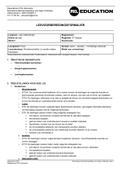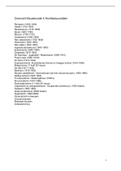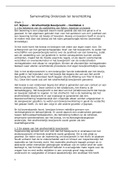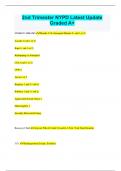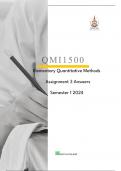Overig
Flashcards of the lectures and literature
- Instelling
- Universiteit Leiden (UL)
I used these questions to test myself. It contains questions about the lecture slides and literature. With these questions i completed the course with a 7 so maybe it can help someone else too.
[Meer zien]





